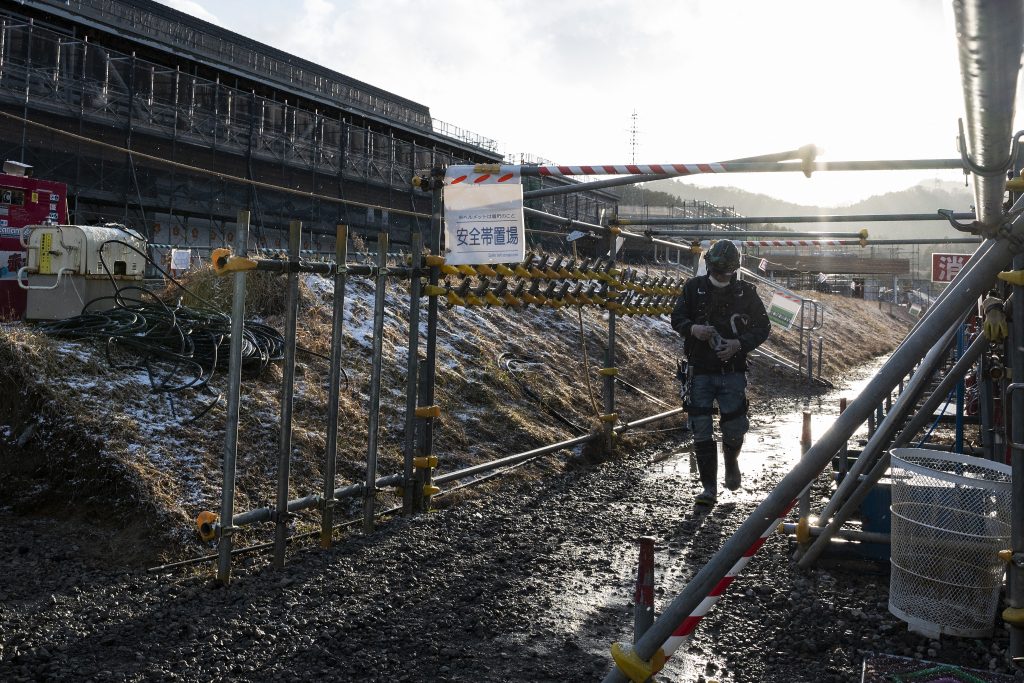
- ARAB NEWS
- 24 Apr 2024

FUKUSHIMA: Fukushima Prefecture in northeastern Japan, hit hard by the March 2011 earthquake and tsunami, is aiming to become a leader in drone use in disaster response.
All 12 fire departments in Fukushima have established schemes for operating drones at sites affected by typhoons, earthquakes and other disasters.
The prefecture also created Japan’s largest test flight facility for the development of advanced drones.
According to the prefectural government’s fire and safety division, the 12 fire departments had either acquired drones or concluded agreements with private-sector drone operators by October 2020.
The move to utilize drones picked up momentum following Typhoon Hagibis in 2019, which caused the deaths of 40 people in the prefecture, including those by related causes.
The Koriyama fire department, which saw widespread flooding in residential areas within its district, used a drone introduced only about four months before to survey the flooded areas and search for victims.
“Our rescue team had limited members and resources, and we were able to plan beforehand how to allocate them,” said Takeshi Yoshida, 38, a member of the department.
The drone was also used to investigate disaster-struck sites following a major earthquake off the coast of Fukushima last March and a heavy rainfall in August the same year.
But there are limits to what drones can do, according to the fire department in the Minamiaizu area, which uses drones for search and rescue activities in mountainous districts.
“Drones have insufficient stability and loading capacity, and on-the-ground expertise remains lacking,” a department official said. “Our use is limited to operating them within visible areas in good weather, and we can’t use them at night.”
Meanwhile, many drone-related companies have launched operations in Fukushima.
The creation of a development hub for drones and robots was a pillar of the national government’s project for promoting industry in Fukushima’s coastal area, drawn up in 2014.
Under the project, Japan’s largest test flight facility with runways for drones was established in the city of Minamisoma and the neighboring town of Namie.
According to the foundation behind the project, some 40 drone- and aircraft-related companies and research institutions have started operations in the coastal region alone. The test flight facility had been used in 90 demonstration experiments as of January this year.
East Japan Accounting Center Co., a company based in Iwaki, Fukushima, uses the flight facility to develop a system to collectively control drones with different abilities to boost operational efficiency.
“This system will make it possible to gather drones used for agriculture and weather observation when disasters occur and to grasp the full extent of damage more efficiently,” said Shuzo Nakano, head of the company’s research and development center. “It’ll be also possible to transport necessary supplies in a short amount of time.”
JIJI Press